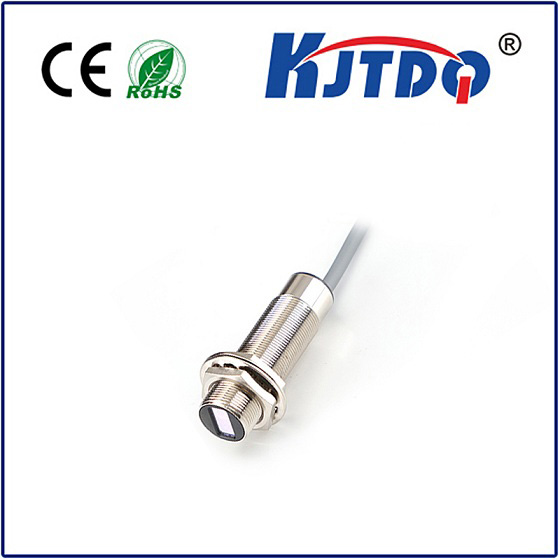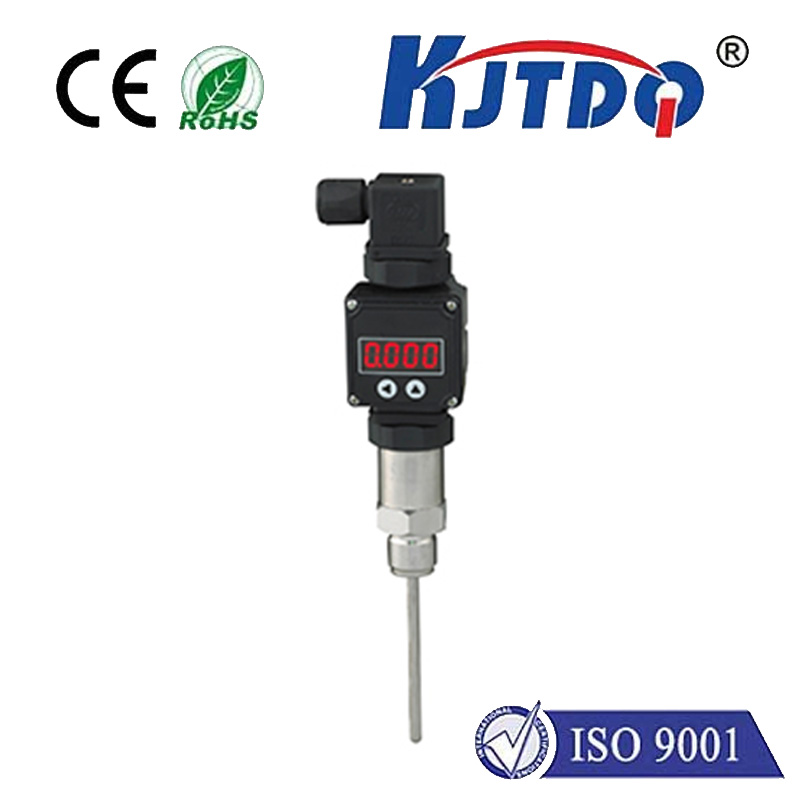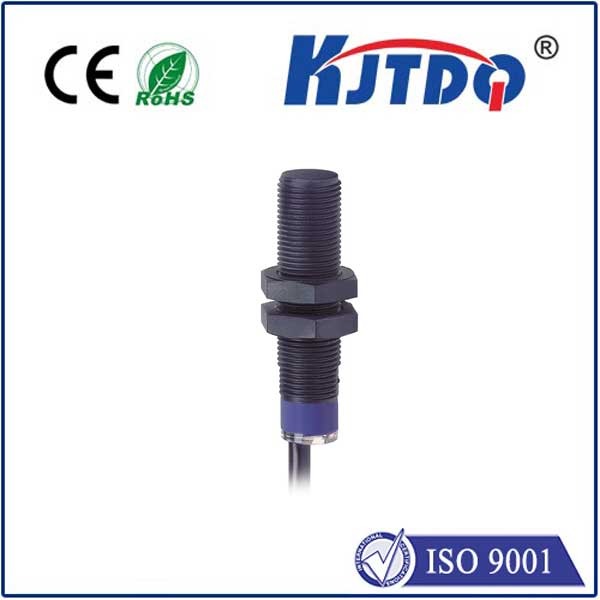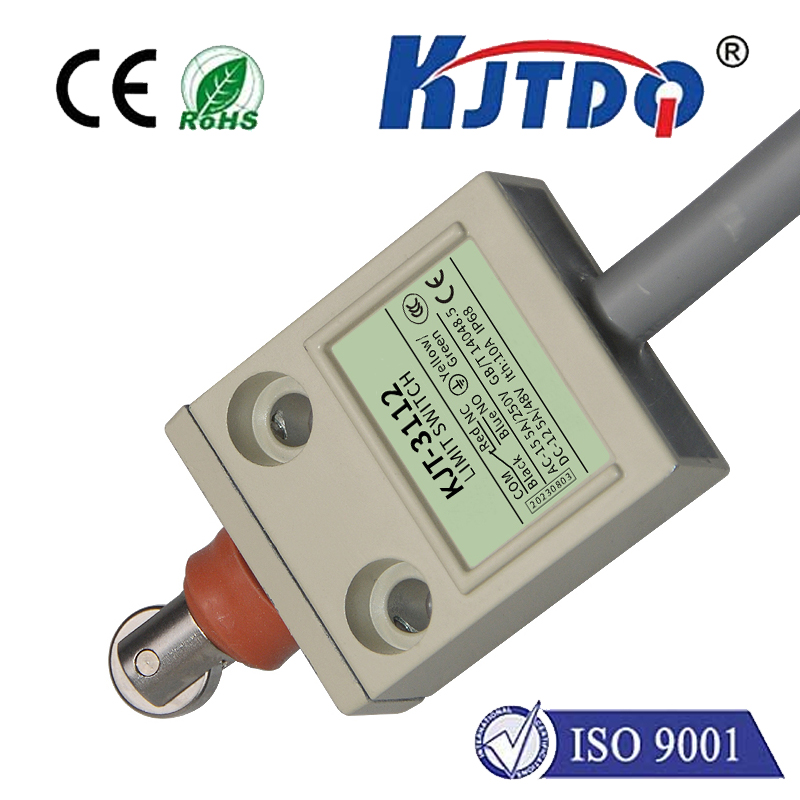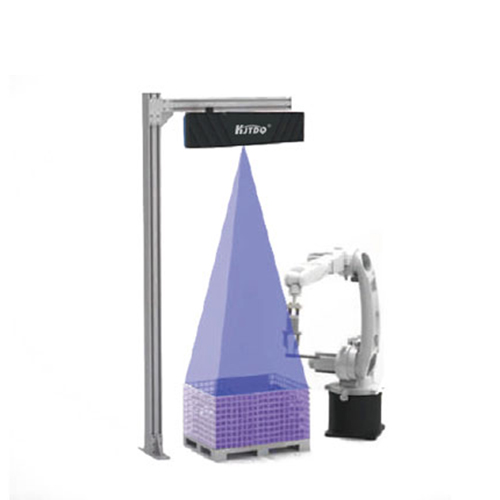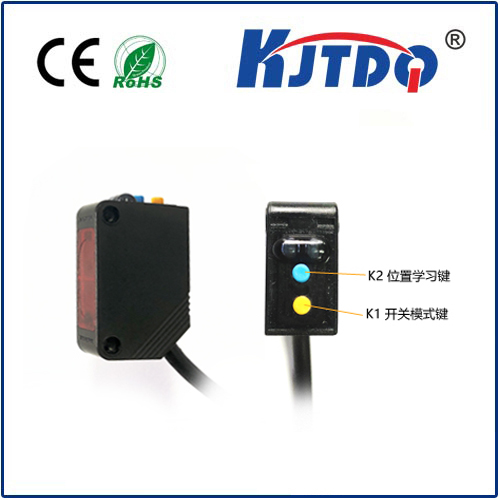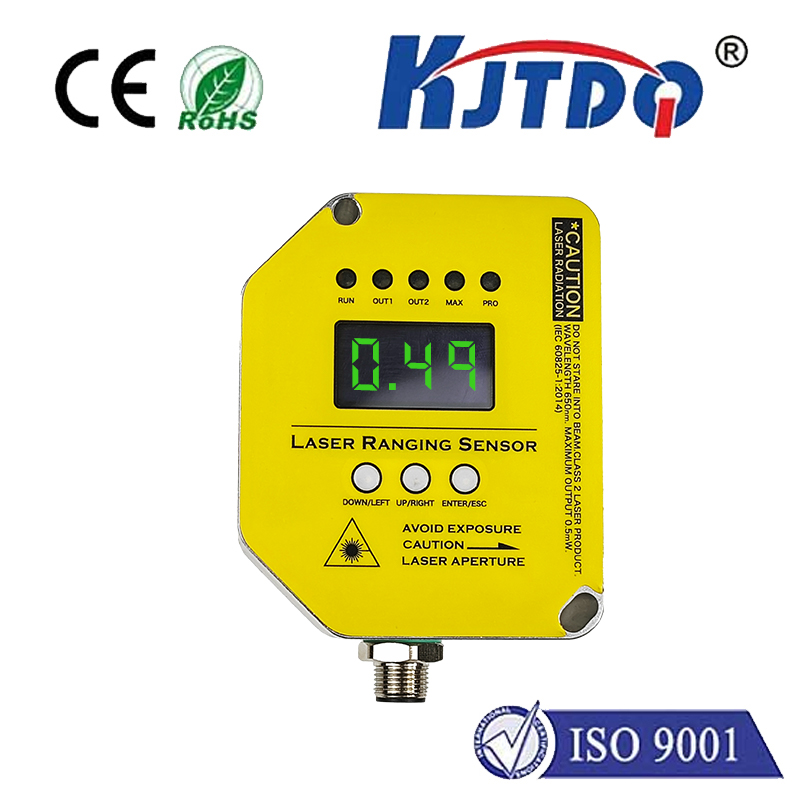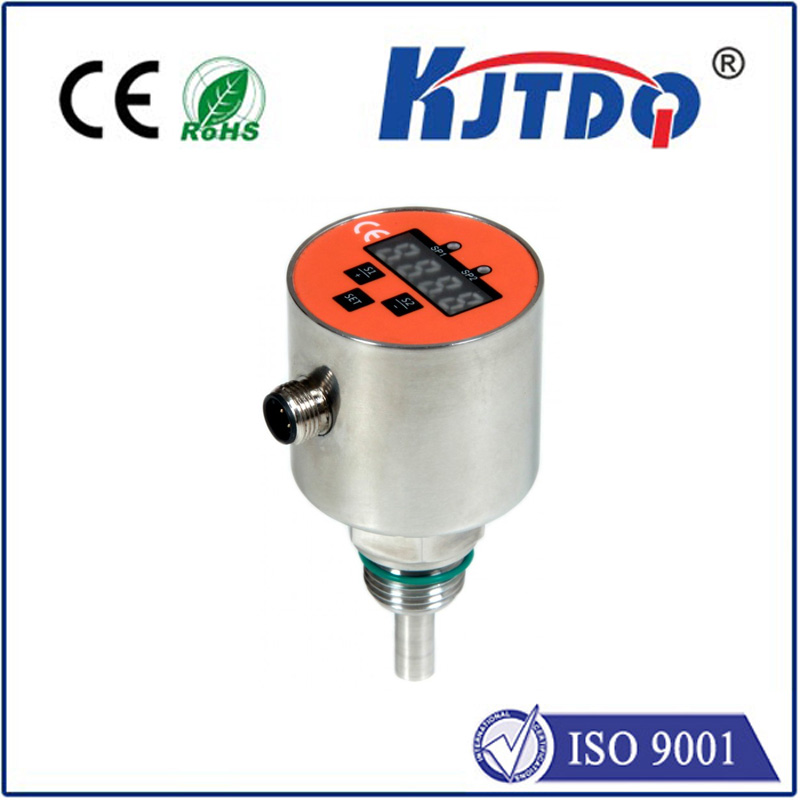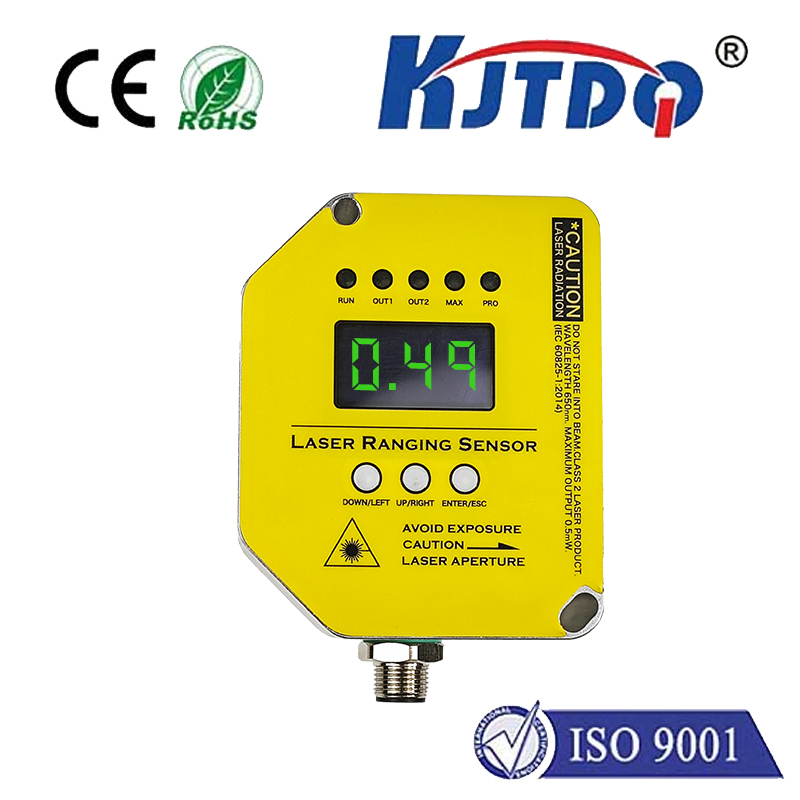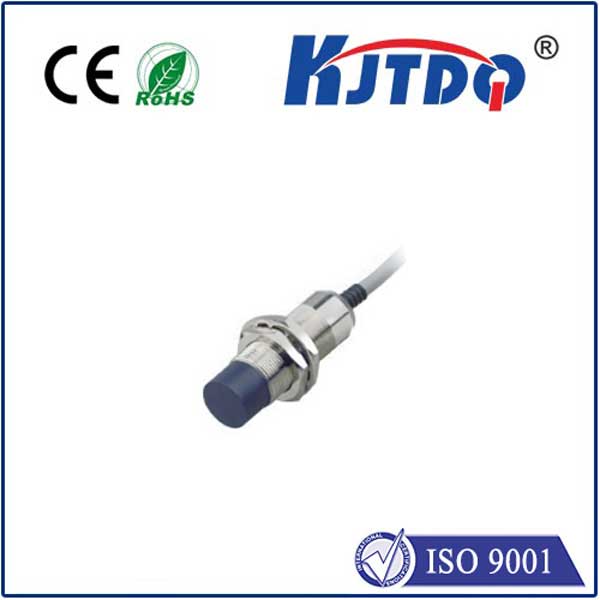

check

check

check

check

check

check

check

check

check

check
Understanding the Liquiphant Level Switch: A Guide to Industrial Measurement and Control
The Liquiphant level switch is a versatile tool used in various industrial settings for measuring and controlling liquid levels. Its importance lies in its ability to accurately detect and monitor the height of substances such as water, oil, and chemicals within tanks and vessels. By providing reliable readings, it plays a crucial role in maintaining operational efficiency and preventing potential safety hazards.
The technology behind the Liquiphant level switch involves advanced sensors that are immersed in the liquid being monitored. As the liquid rises or falls, these sensors detect changes in pressure or capacitance, which are then translated into electrical signals indicating the current level of the substance. This information can be easily integrated into automation systems for real-time monitoring.

One of the key advantages of using a Liquiphant level switch is its adaptability to different applications. It can be tailored to suit specific requirements, such as varying sizes of tanks, different types of liquids, and even extreme temperatures or pressures. Additionally, this type of switch offers high accuracy and repeatability, ensuring consistent results throughout its operation.
Another benefit of the Liquiphant level switch is its minimal maintenance needs. Designed with durability in mind, it resists corrosion and other forms of wear and tear commonly found in industrial environments. Moreover, it requires little to no calibration after installation, making it an ideal solution for long-term use without frequent adjustments.
In terms of safety, the Liquiphant level switch contributes significantly by preventing overfilling or underfilling incidents. Overfilling can lead to spills or structural damage to tanks, while underfilling may result in production losses or equipment failure. By providing timely alerts when levels reach predefined thresholds, operators can take necessary actions to maintain safe operations.
Furthermore, the Liquiphant level switch supports process optimization by providing data that can be analyzed for improving efficiency. By understanding how quickly liquids are consumed or produced, businesses can fine-tune their operations to reduce waste and increase productivity.
When considering the implementation of a Liquiphant level switch, it is essential to choose the right model based on factors such as the nature of the liquid, temperature range, mounting preferences, and output requirements. Working with reputable manufacturers ensures access to high-quality products and expert support for seamless integration into existing systems.
In conclusion, the Liquiphant level switch serves as an indispensable component in industries where precise liquid level measurement and control are critical. Its reliability, adaptability, low maintenance, and contribution to safety make it an excellent investment for any facility seeking to enhance operational efficiency and protect against potential risks associated with improper liquid management.
